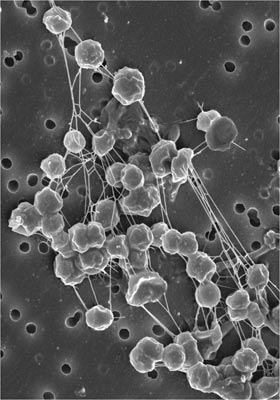The Role of Methanogens in Waste Water Treatment: Difference between revisions
From MicrobeWiki, the student-edited microbiology resource
Mooradianm (talk | contribs) |
Mooradianm (talk | contribs) |
||
| Line 5: | Line 5: | ||
==Methanogenesis== | ==Methanogenesis== | ||
<br> | <br>[[Image:Methanogenesis.jpeg. The figure represents the main pathways of methanogenesis which convert CO2, acetate, or organic acids into methane gas. Image obtained from http://microbewiki.kenyon.edu/index.php/Black_Sea]]<br> | ||
==Uses in Wastewater Treatment== | ==Uses in Wastewater Treatment== | ||
Revision as of 14:42, 21 April 2014
Introduction
Methanogens
Methanogenesis
Uses in Wastewater Treatment
Include some current research in each topic, with at least one figure showing data.
Possible Environmental Impacts
Include some current research in each topic, with at least one figure showing data.
Conclusion
Overall paper length should be 3,000 words, with at least 3 figures.
References
Edited by student of Joan Slonczewski for BIOL 238 Microbiology, 2009, Kenyon College.

